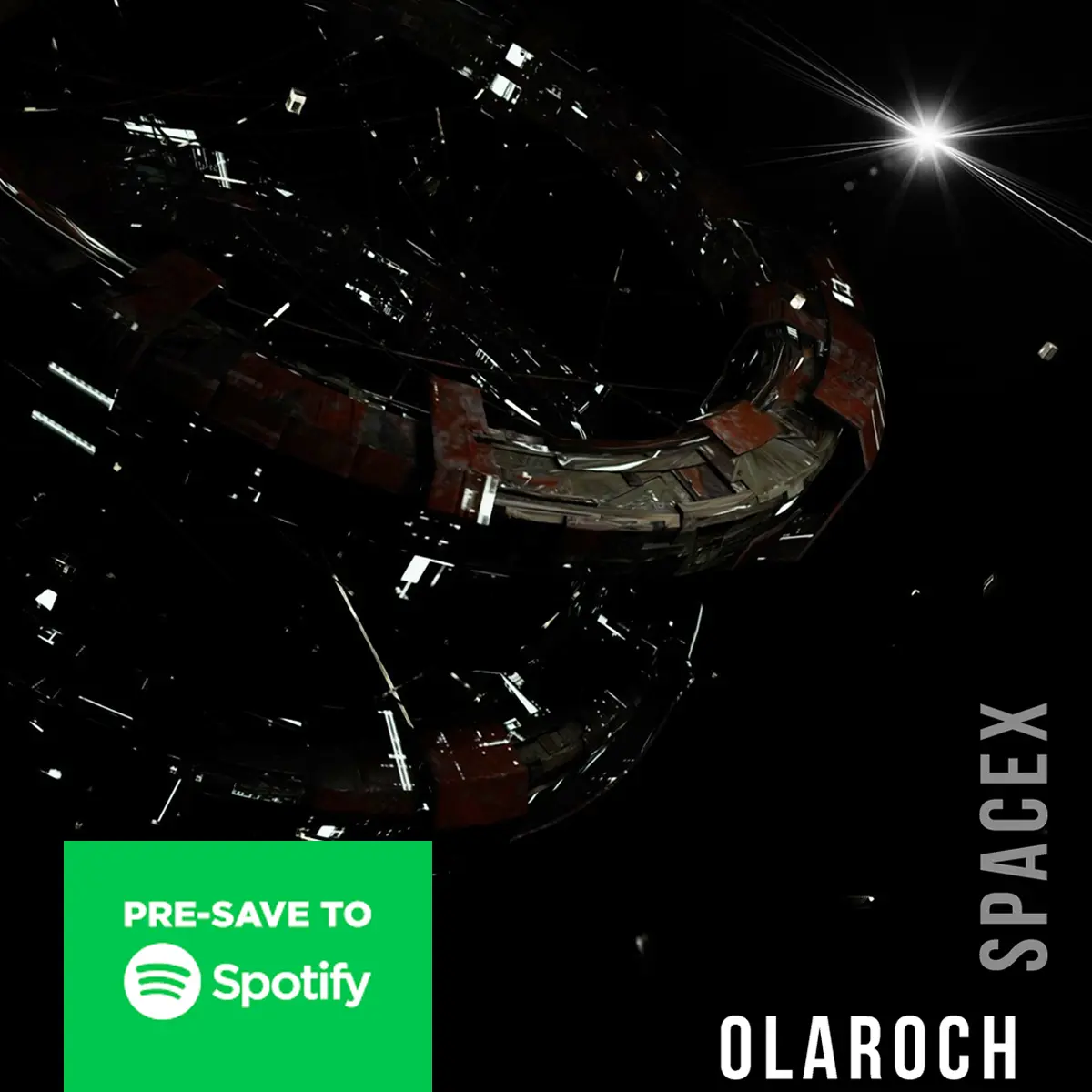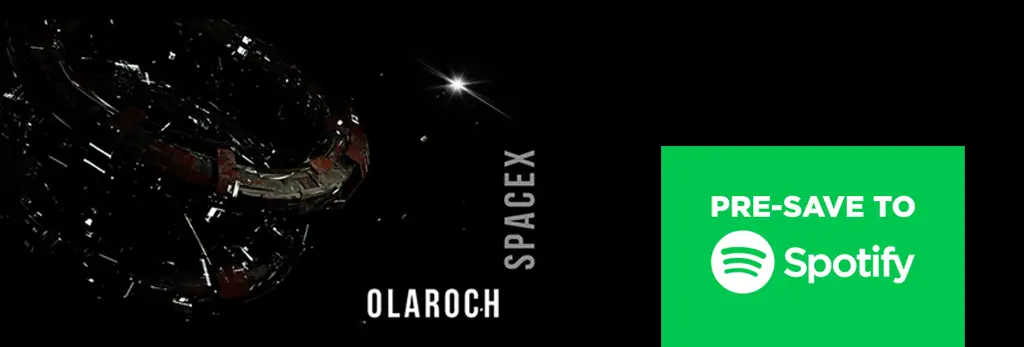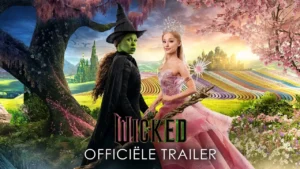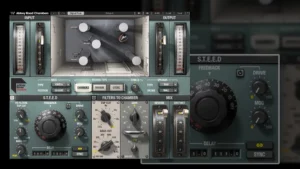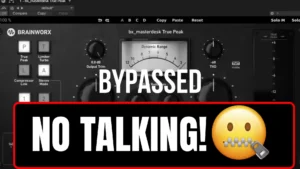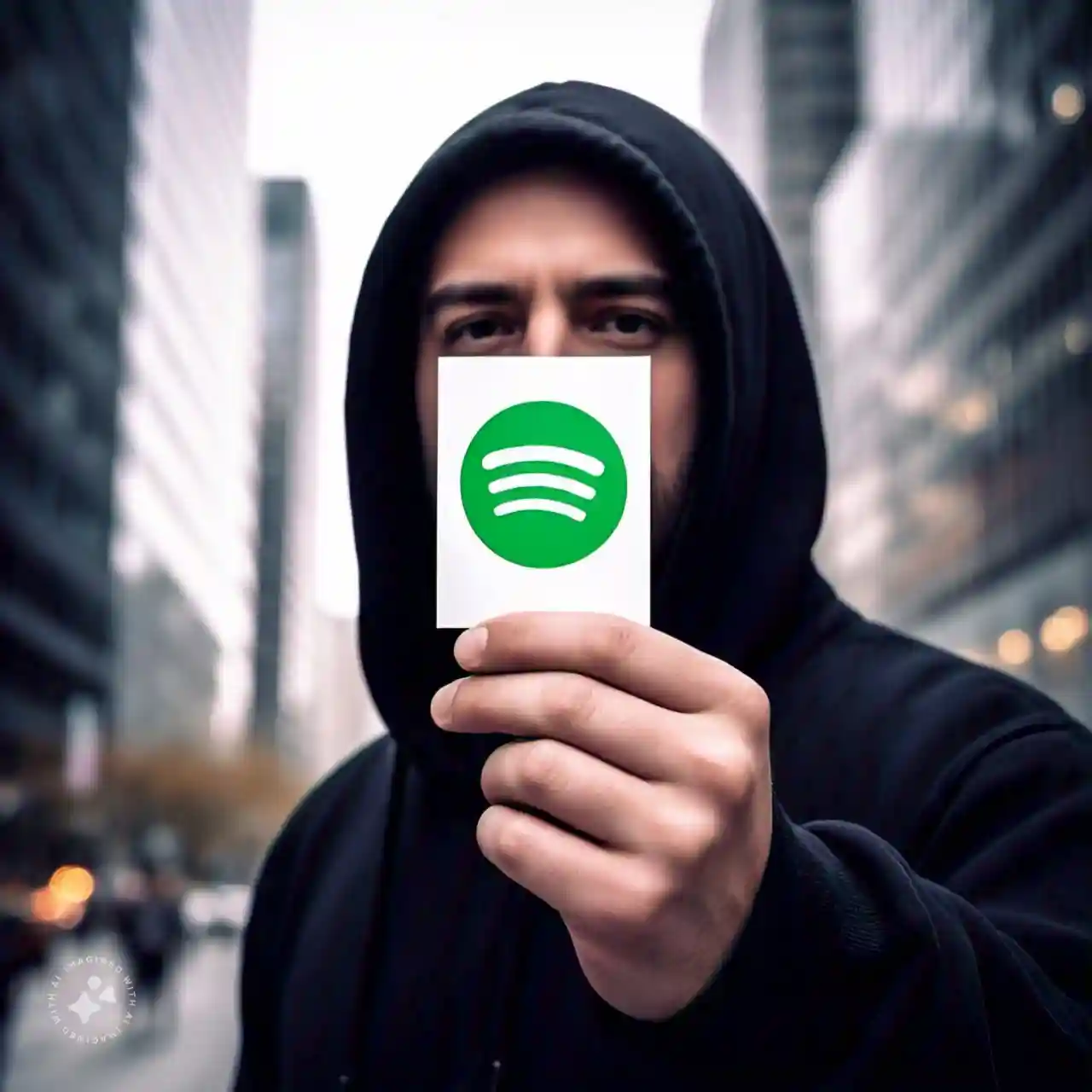
Ghost Artists Spotify Controversy: Allegations of Exploiting Royalty-Free Tracks
Table of Contents
Ghost Artists Spotify Exploiting Royalty-Free Tracks
The Perfect Playlist or Perfect Profit?
Spotify has positioned itself as a platform for artistic discovery and connection, fostering a narrative of democratized music streaming. However, a recent report by Harper’s Magazine suggests that the reality may be far less rosy. The report unveils Spotify’s Perfect Fit Content (PFC) program, a controversial initiative allegedly designed to prioritize profits over musicians’ earnings.
What Is the PFC Program? (Ghost Artists Spotify)
According to Liz Pelly’s investigation, featured in her upcoming book Mood Machine: The Rise of Spotify and the Costs of the Perfect Playlist, the PFC program uses low-cost, royalty-free tracks created by “ghost artists.” These pseudonymous creators receive modest upfront payments in exchange for relinquishing rights to their music, which Spotify and its partners use to fill mood- and activity-based playlists. By doing so, Spotify reduces its royalty payouts, significantly benefiting its bottom line.
Timeline of the PFC Initiative
- 2010s: The PFC program is piloted.
- 2020s: Hundreds of playlists are infiltrated with ghost tracks, turning what was once a tool for musical discovery into a profit-maximizing machine.
The Impact on Artists (Ghost Artists Spotify)
Undermining Meritocracy
Spotify’s playlists were once heralded as a space for discovering emerging talent. But with the inclusion of low-cost ghost tracks, the playing field has shifted. Musicians striving to earn a living from their craft face mounting challenges as they are displaced by royalty-free content.
Intellectual Property Concerns
Many of the ghost artists relinquish ownership of their intellectual property in exchange for quick payments. This practice not only marginalizes real musicians but also raises ethical concerns about artistic exploitation.
The Connection to “Discovery Mode”
The controversy surrounding the PFC program mirrors Spotify’s Discovery Mode initiative, where artists accept reduced royalties for greater algorithmic promotion. Both programs underscore Spotify’s willingness to reshape its ecosystem in ways that prioritize corporate profit over artist welfare.
Liz Pelly commented, “Spotify had long marketed itself as the ultimate platform for discovery. But who gets excited about discovering stock music? The PFC program has undermined the promise of meritocracy that once defined streaming.”
FAQ – Ghost Artists Spotify Exploiting Royalty-Free Tracks
1. What are ghost artists?
Ghost artists are pseudonymous creators who produce tracks for Spotify’s playlists under conditions that typically include modest upfront payments and relinquishing rights to their music.
2. Why is Spotify using ghost artists?
The use of ghost artists allows Spotify to reduce royalty payouts by embedding low-cost, royalty-free tracks into playlists, maximizing profit margins.
3. What is Discovery Mode?
Discovery Mode is another Spotify program where artists accept reduced royalties in exchange for increased algorithmic promotion of their music.
4. How does this affect musicians?
Musicians attempting to earn a sustainable income are often pushed aside as Spotify prioritizes low-cost content in its playlists, reducing opportunities for real artistic discovery.
5. What can listeners do?
Listeners can support their favorite artists by purchasing music directly, attending live shows, and streaming music on platforms with fairer compensation models.
If you want more information about other plugins, labels, tips, and more visit now Find My Labels News for more content – news.findmylabels.com/blog
Find My Labels, find Record Label Send Your Demo | findmylabels.com |
SM Mastering | Mixing & Mastering Services smmastering.com

